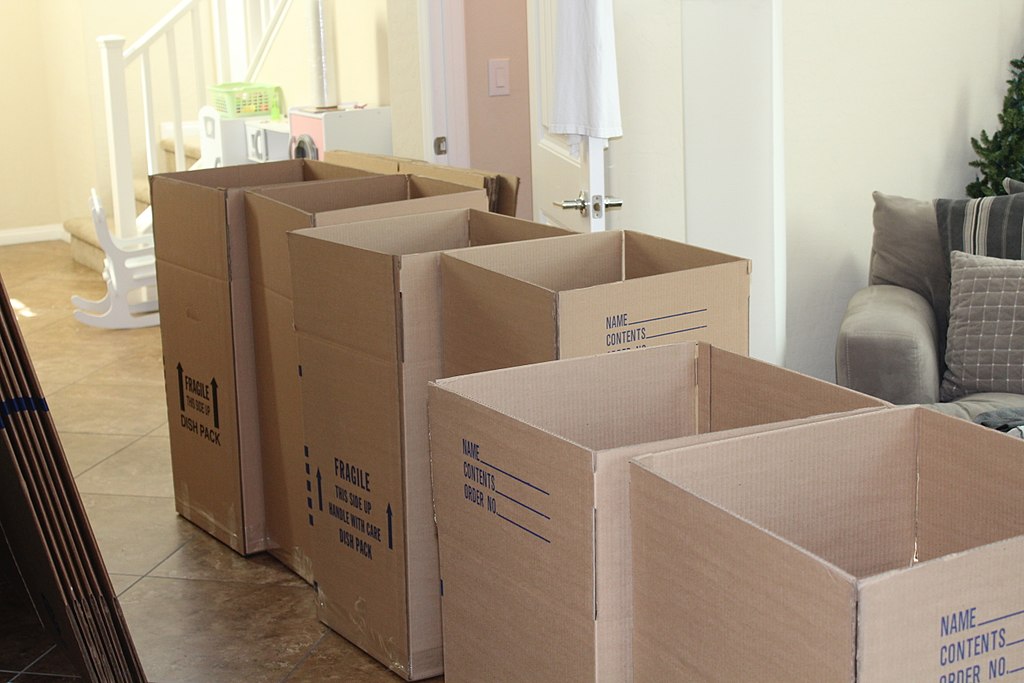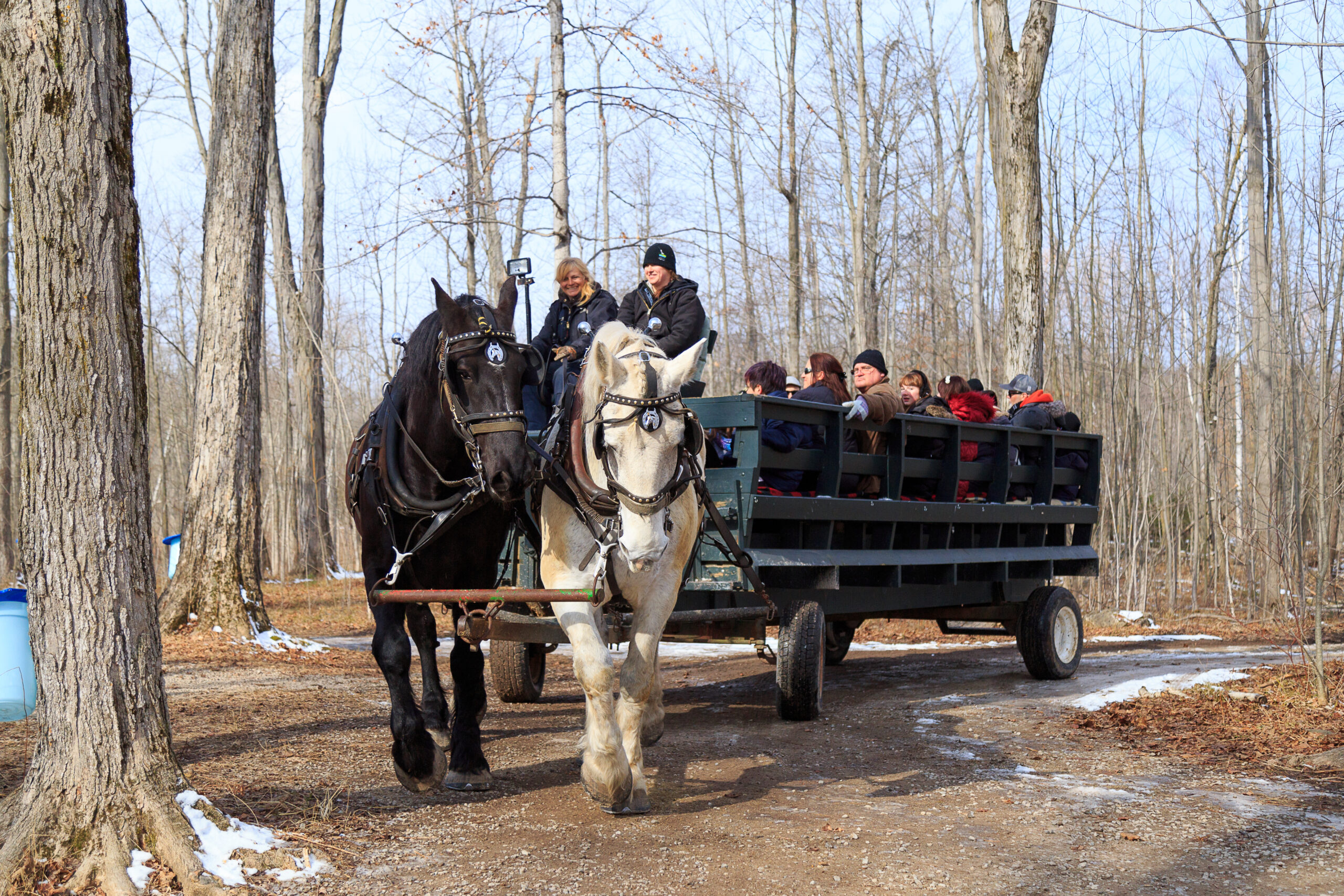Opinion. By Mike Collins-Williams, CEO West End Home Builders’ Association
What happens when cities and towns plan around population growth forecasts when the numbers end up way higher than projected? The results are entirely predictable as we find ourselves in the midst of a housing crisis with runaway costs pricing out families and the next generation of young Canadians.
A Forecast for Failure, the new report from the Smart Prosperity Institute written by Dr. Mike Moffatt, documents Ontario’s planning policy failures under previous growth plans and municipal plans to accommodate rapid changes in the number of people arriving to the Burlington region, and more broadly, the Greater Golden Horseshoe. Previous underestimated forecasting of population growth and overestimations of housing completions have contributed to municipalities not having provided enough housing supply. The resulting affordability challenges are now being experienced here in Burlington. Essentially, the provincial growth plan forecasts future growth and allocates population to single and upper-tier municipalities such as Halton Region to plan for long-term growth. This is the Regional Official Plan Amendment exercise that Halton Region is undergoing right now, called the Integrated Growth Management Strategy (IGMS). This long-term planning comes with all sorts of difficult political decisions as to how to balance and allocate long-term growth to ensure we have enough housing supply to meet population growth. And this is exactly where a massive failure has occurred, resulting in a broken housing system where most young and new Canadians can no longer afford to live in our community.

Dr. Mike Moffatt has found that outdated forecasts and a lack of contingency buffers in the growth plan for the Greater Golden Horseshoe (GGH) played a significant contributory role to Southern Ontario’s housing shortages. He finds that our forecasts substantially underestimated population growth from international sources since 2016. In just five years, Ontario’s adult population grew by hundreds of thousands more than we planned for, each of whom needs a place to call home. This has directly led to the housing supply and demand imbalance in Burlington and across the entire Greater Toronto Area and Hamilton (GTAH). It is contributing to a mass exodus of young families who are leaving our region to drive until they qualify for housing further afield.
A stunning finding in the data is that the GTAH’s population growth from international sources between 2016 and 2021 was over 120,000 more than was forecast and, during the same period, the size of the housing stock was overestimated by 26,000 units. Unless we solve this, it is likely that our future may look a lot like the recent past in that the 2020 growth plan forecasts are still massively underestimating population growth. This is a major problem and has severely distorted our housing market. For Burlington to continue to be a welcoming place, we’re going to need to build a lot more housing.
So why have past housing forecasts completely missed the boat, contributing to not enough housing being built? There were two big policy changes mid-way through the last decade; the first was in 2014 when the federal government made reforms encouraging more international students to come to Canada as non-permanent residents, and the second was in 2015 with the introduction of the express entry program for skilled immigrants. Neither of these changes had been accounted for in the growth plan. Furthermore, the most recent update made in 2020 does not account for the very significant increases in Canadian immigration targets set by the federal government.
The lack of housing being built is causing a significant exodus of young families out of the GTAH to other parts of the province. An outward migration from the GTAH to communities beyond the greenbelt is rippling across the province, but it was never planned for in the growth plan. This migration is putting tremendous pressure on places like Tillsonburg (120% home price increase over four years), Woodstock (116% home price increase over four years), and Quinte (100% home price increase over four years). The political and planning challenges of building the necessary supply of housing to accommodate our growing population have represented a lost opportunity as young families and talented individuals vote with their feet, leaving our region in high numbers.

Research from the Smart Prosperity Institute notes that in 2012 it was forecasted that, on net, 36,000 people would move out of the Greater Golden Horseshoe to other parts of the province between 2016 and 2021. The actual number was over 100,000. Moving forward, here in Burlington and across the entire GTAH, we are going to need to build a lot more housing to bring any semblance of normalcy back to the housing market. This is especially true when the federal government plans to continue to attract record levels of immigration in both 2022 and 2023.

Unless municipalities start utilizing a contingency of a higher population to allocate more housing units (recommended by the Smart Prosperity Institute) or the province intervenes, the likely consequence is that housing prices will continue to escalate much faster than inflation. This will lead to even more young residents of Burlington “driving until they qualify” for a mortgage to further flung-out communities across Ontario due to a lack of attainable family-oriented housing options that people can afford. What initially started in Toronto spread across the GTAH and now many local residents can no longer afford homes in our community. The societal impacts include delayed marriages, delaying the choice to have children, dispersing families, disrupting careers, and making it more difficult for local businesses to attract and retain talent.
As more young families and talent are looking for room to settle and grow, the need for balanced solutions to address the chronic undersupply of housing is critical. We need to have more choices, not less. We need to stop constraining our housing supply and ensure that we are planning for a full range of housing types to suit all our community’s needs. The only way we can meaningfully do this is through better long-term planning that can balance supply and demand while building more of all types of housing.
Mike Collins-Williams is a Registered Professional Planner with extensive experience in the new home building and development industry. Mike is the CEO of the 300-member West End Home Builders’ Association and is a member of the Ontario Professional Planners Institute and the Canadian Institute of Planners.




